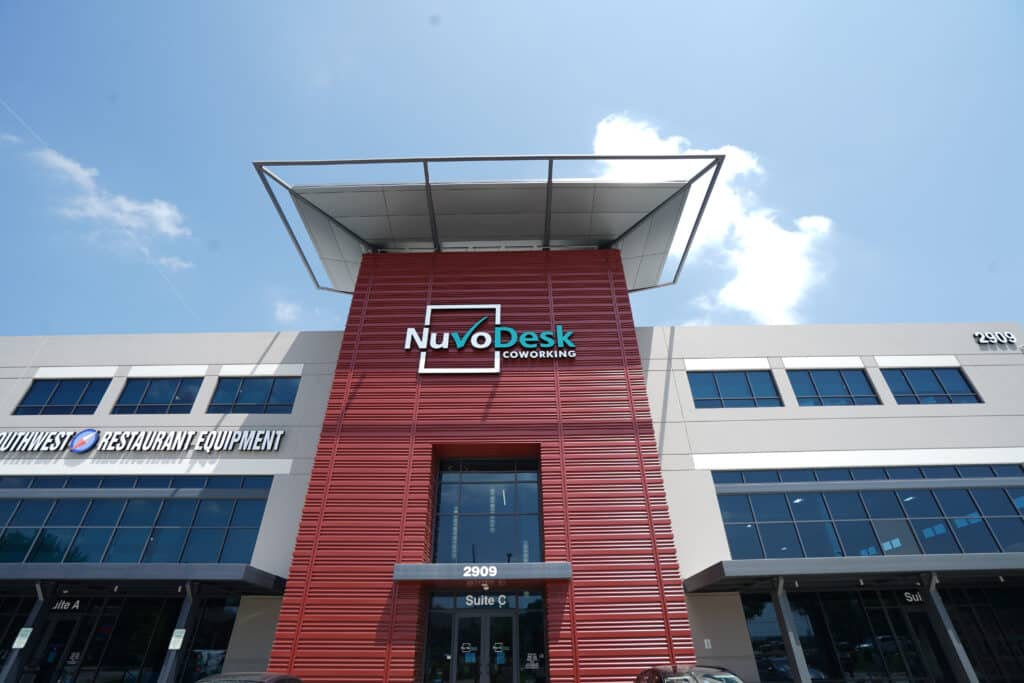The Fascinating Future Of Vibrant Coworking Spaces
More and more people working for themselves and being independent of location, the need for more coworking spaces will continue to rise.
As we attempt to navigate through the uncharted landscapes of the digital age, we are entering new territory yet again. Currently, an estimated million people head to a coworking space, not an office, when they leave home in the morning.
Coworking spaces provide a shared community environment for members of the digital freelancing world or other self-employed individuals, such as authors or artists. However, some larger companies are also using shared workspaces to house staff members these days. In many cases, it’s the easier and more affordable option. It also provides networking opportunities that might not exist otherwise.
For the everyday self-employed worker, coworking spaces provide more amenities than a coffee shop. They also offer the potential for more social interaction than one would have at home by themselves.
The Evolution of the Coworking Space: What Does the Future Hold?

As the digital age continues to lead more and more people to work for themselves and be independent of location, the need for more coworking spaces will continue to rise. Experts are predicting that by 2020, a few trends will be evident.
1. Researchers Will Be More Involved in Coworking Spaces
Researchers from large corporations are always interested in learning about efficient ways to increase production, morale, and satisfaction in workplaces. Coworking spaces involve various entrepreneurs working toward separate goals within the same space, allowing for an interesting research environment. It also allows for collaborative efforts between individuals, startup teams, and innovative researchers from larger companies. The results will likely benefit everyone involved and could lead to an entirely different mindset about the workplace.
2. Shared Spaces will Expand into Needed Areas
There were more than 18,900 coworking spaces worldwide in 2018. That number has continued to go up each year as more companies realize how great of a demand there is. Statista expects there will be some 41,975 coworking spaces worldwide by the end of 2024. These spaces are especially popular among Western digital nomads in foreign countries, such as Thailand, Indonesia, and India. However, more spaces are also needed in the United States, and a great deal of expansion is likely there.
For example, coworking spaces were hard to come by in Arlington, TX, until recently, when NuvoDesk opened a 20,000-square-foot location there. Now, people in Arlington will have more options for how they carry out a day’s work.
States like Illinois, Ohio, Indiana, and Michigan all saw big coworking companies expand into their cities a few years ago. There is such a high demand that some companies are even planning multiple locations within the same area. By 2027, it’s likely that 86.5 million people will be freelancing in the United States and will make up 50.9 percent of the total U.S. workforce. Many of those people will be using shared work spaces, and that isn’t even including the employees of larger companies that will be moved from traditional offices into these spaces.
The decent quality of life and low cost of living are other reasons that companies and freelancers alike will be eyeing the Midwest in the coming years. The coasts are becoming too expensive for many people, which means the Midwest can expect to see plenty of growth before long.
3. Work Hubs will Grow to Be More Niche
Another popular trend will likely be that coworking spaces will become more niche. There are already quite a few niche coworking spaces that exist today. Some are designed for people who work in law. Others were created for female entrepreneurs who prefer to work in a space for women only. There are even coworking spaces for people who work in industries related to the great outdoors. As you can see, the possibilities are pretty limitless here, and since different people prefer different work environments, it’s safe to say that the demand for these various niches will continue to rise in the coming years.
Niche workspaces are about more than simply working around like-minded folks. Depending on the industry, there may be a real physical need for them. Many types of technology, such as IoT, require a great deal of product testing. People are using coworking spaces for more than just computer work now, which means they will need to be designed accordingly. We can expect to see a rise in coworking spaces specifically designed for various types of physical assets and the exploring and testing that goes along with them.
Coworking: The Future of Working
If one thing is clear when examining the development of our economy, technology, and working styles over the past couple of decades, it’s that things can change very fast. As the interest in alternative styles of work continues to grow, more companies will rise to meet the demand.
If you’re interested in joining the coworking community in Arlington, TX, contact the team at NuvoDesk today.
A Historical Timeline Of How Far Coworking Has Come
By Leslie Radford
**Updated February 2024
